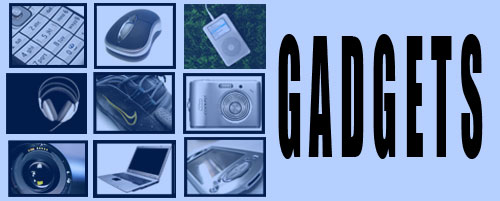Nokia N95-1 Users Guide pdf
Get started Additional applications Web browser Connection security Bookmarks view Browse the web End connection Settings Your Nokia N95 Software updates Settings Welcome Transfer content from another device Essential indicators Fast downloading Volume and loudspeaker control Multimedia menu Keypad lock (keyguard) Headset Memory card File manager Download! Connections Wireless LAN Connection manager Bluetooth connectivity Infrared connection USB PC connections Synchronization Device manager Modem Media applications Music player Visual Radio Video centre RealPlayer Adobe Flash Player Nokia Lifeblog Positioning GPS receiver About satellite signals Position requests Maps Landmarks GPS data
Camera Take pictures Take pictures in a sequence You in the picture—self timer Record videos Gallery View and browse files Print Basket Albums Free memory Back-up files Edit images Edit video clips Slide show TV out mode Presentations Image print Movie director Print online Online sharing Home network Personalize your device Profiles—set tones 3-D tones Change the look of your device Active standby mode Time management Clock Calendar Messaging Write text Write and send messages Inbox—receive messages Mailbox View messages on a SIM card Messaging settings Make calls Voice calls Video calls Video sharing Answer or decline a call Log Barcode reader Tools Application manager Digital rights management Voice commands Contacts (Phonebook) Save and edit names and numbers Copy contacts Add ringing tones for contacts Create contact groups Settings General Phone Connection Applications Office Quickoffice Notes Recorder Adobe Reader Calculator Converter Zip manager Wireless Keyboard Troubleshooting: Q&A Battery information Charging and discharging Nokia battery authentication guidelines Care and maintenance Additional safety information Index
Get Nokia N95-1 Users Guide pdf

